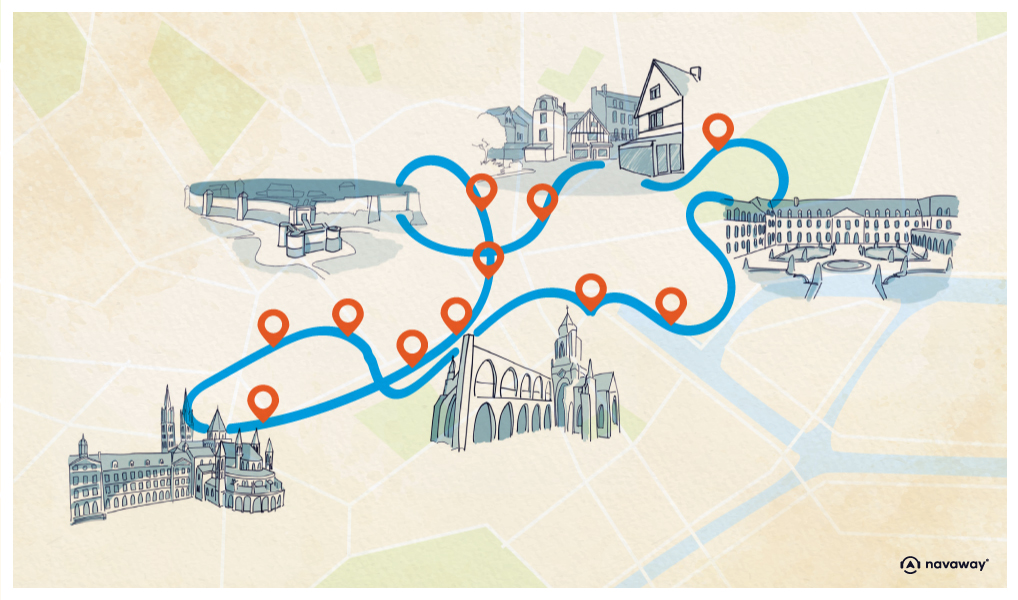
Escoville mansion
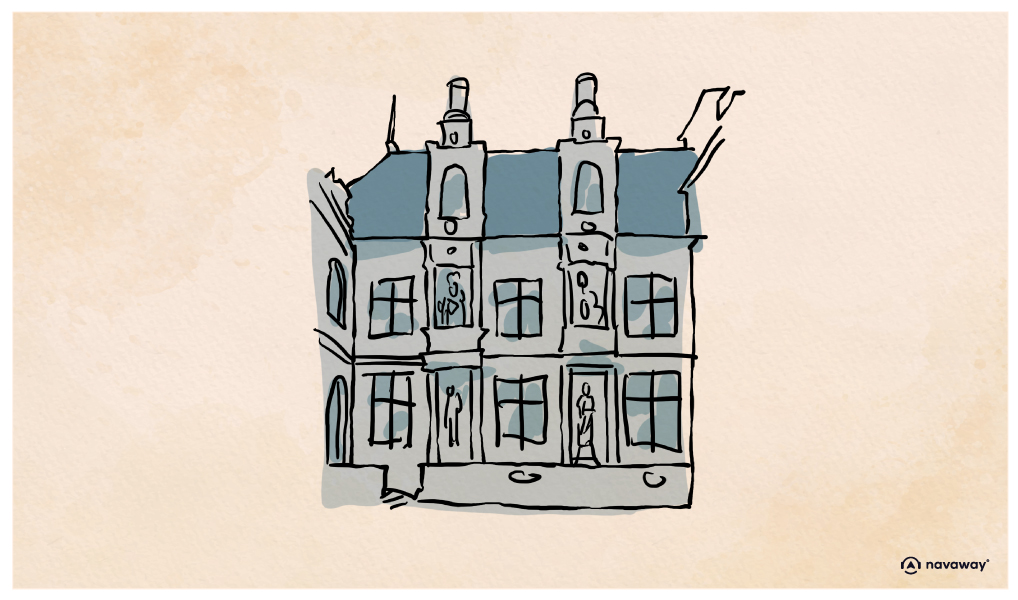
This point of interest is available as audio on the tour: Visit Caen, Home of William and Matilda
The most beautiful example of a Renaissance mansion in Caen can be found here, in the courtyard of the tourist office. Built in the 1530s for Nicolas le Valois, son of the Lord of Escoville and one of the city’s richest merchants, Escoville Mansion is the finest Renaissance mansion in Caen. After Nicolas le Valois was granted the title of nobleman a decade earlier, he decided to build a residence worthy of his rank and bought several houses near the Saint-Pierre church, which was at the centre of the town at the time. These houses were demolished to make way for four buildings surrounding a richly decorated inner courtyard. See for yourself. The Italian Renaissance mingles with biblical themes and references to Antiquity. You’ll also find a few ornaments that seem to echo Nicolas le Valois’ other passion, Alchemy. Let’s take a closer look. Begin with the two statues holding a head in their hands. They are biblical references and represent two scenes from the Old Testament. On one side you can see Judith holding the head of Holofernes, and on the other David holding up the head of Goliath. Judith is seen as a beacon of civic virtue and total intolerance of injustice. David, on the other hand, reminds us that cunning can overcome physical force and that the oppressed can defeat tyrants. If you look towards the sky, you’ll see small statues topping lantern roofs. They represent Greek mythology figures. They include Apollo, son of Zeus and god of the sun, music and poetry, and the satyr Marsyas, a half-man half-goat creature and exceptional musician. Together, they recount a myth about the punishment for pride and arrogance. An astonishing choice to lavishly decorate one’s home. The more esoteric symbols take the form of a skull and crossbones or a buffalo. Tragically for Nicolas d’Escoville, he did not enjoy his new home for long. He died of a cerebral haemorrhage during a ceremony held in his mansion, just one year after its inauguration. The town of Caen then rented the site to organise major ceremonies or to accommodate illustrious guests. Over the centuries, the walls of the mansion were used for a variety of purposes, including the Arts, Sciences and Belles Lettres Academy, the Town Hall and the Commodities Exchange. After World War II bombings, the mansion was in a terrible state. Its façade was destroyed, with the exception of the entrance porch, and only the interior courtyard appeared to have survived the carnage. Following renovations carried out in the 60s, it was converted into a tourist office. If you fancy finding out more about the best places to visit in the region, feel free to step inside before we continue our tour!

Si vous avez encore du temps…

Discover Caen with app
An interactive guide through the most beautiful streets, squares, and districts
22 fun audioguides full of historical facts, anecdotes, and legends
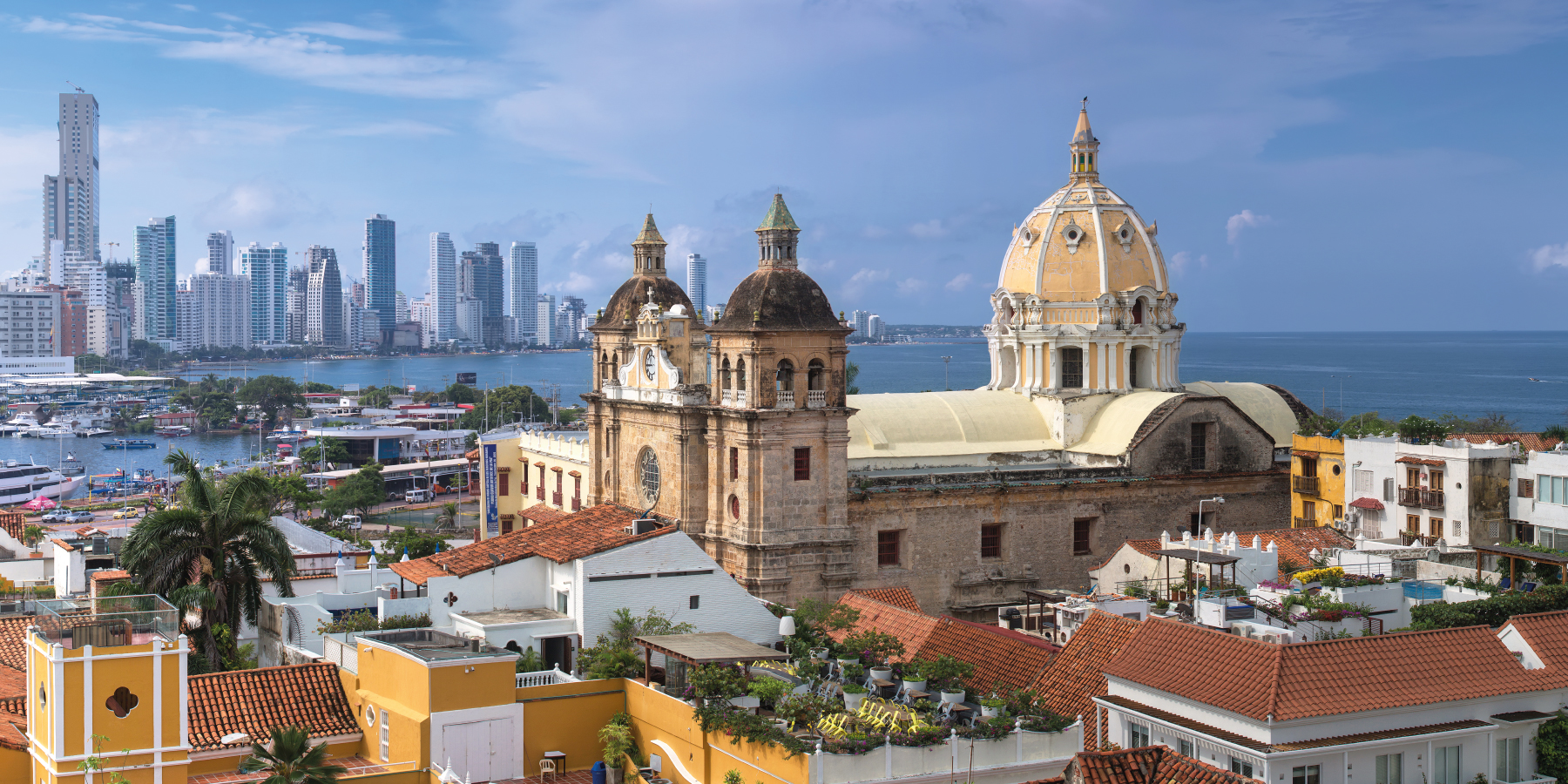
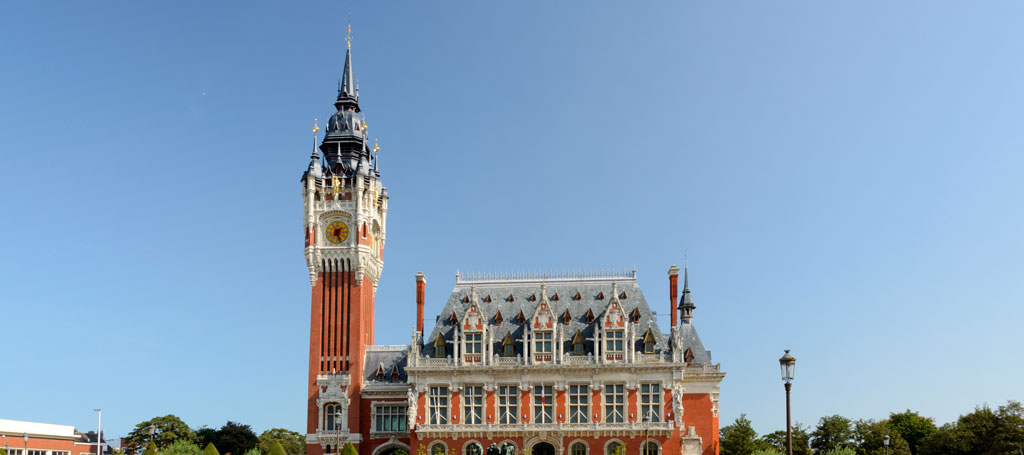
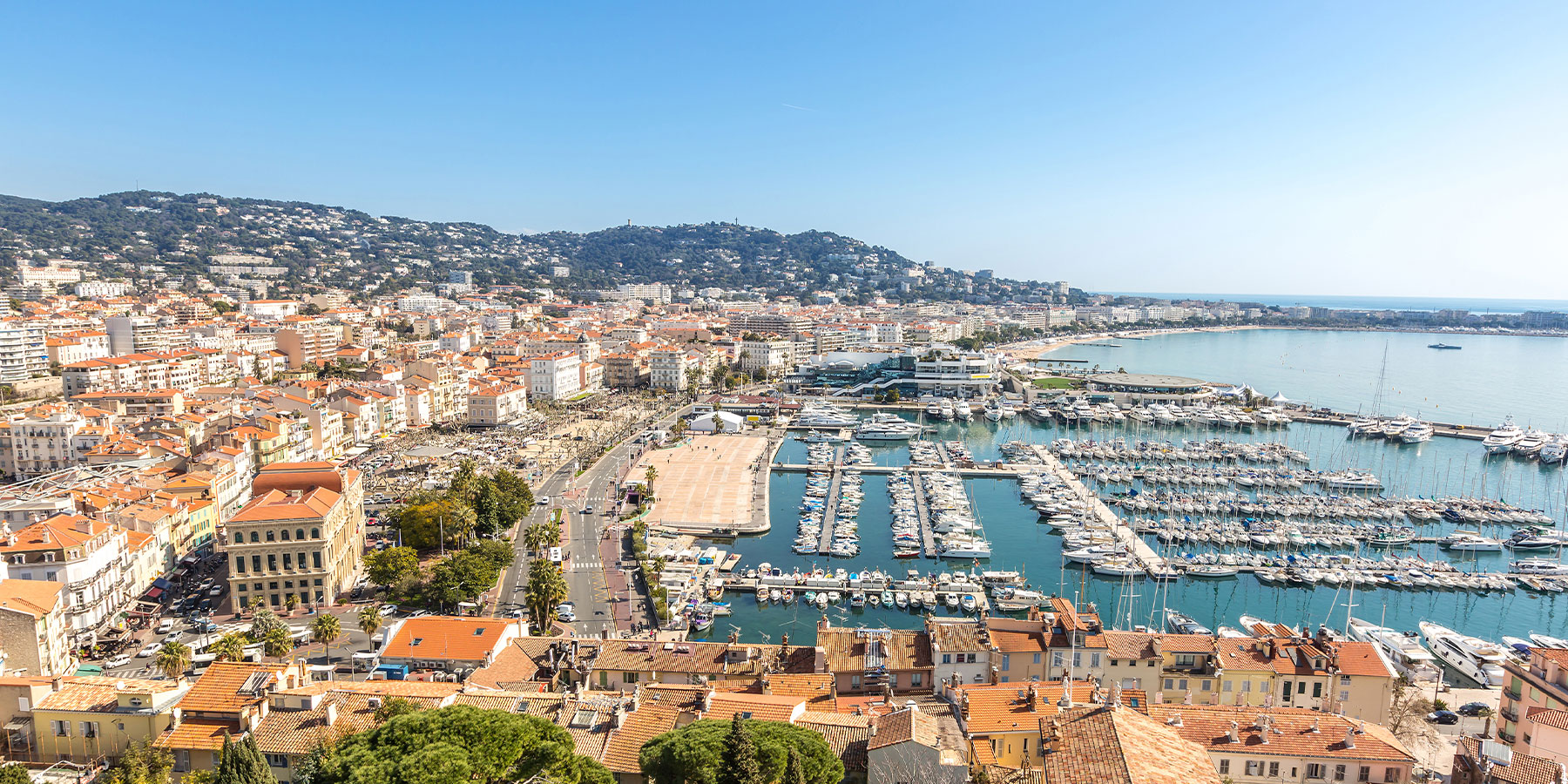


Comments